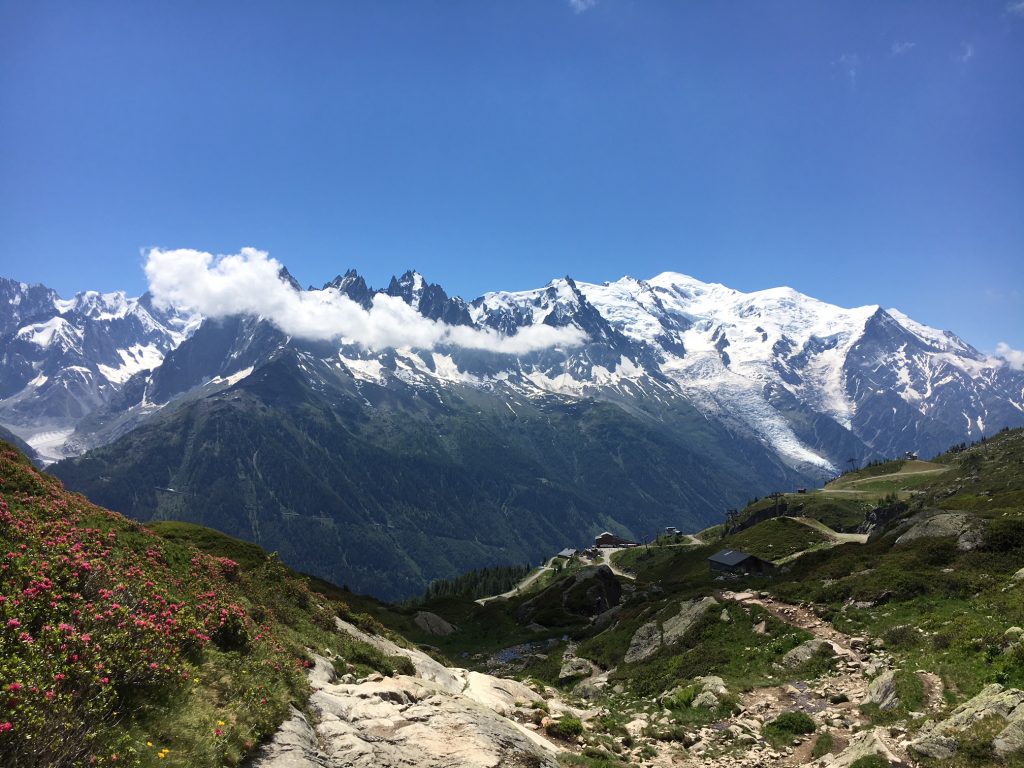Professional: Research
I am particularly interested in research that addresses how ecological forces and genetic mechanisms interact to cause phenotypic evolution in natural populations. I have chosen to focus on container-breeding mosquitoes as a model system for my research because these mosquitoes represent highly tractable experimental systems. For example, carefully controlled and replicated experiments can be performed on groups of aquatic mosquito larvae reared under near-natural conditions in either the laboratory or the field. Some of the container systems I’ve worked with in the past include mosquito species that complete their pre-adult development in pitcher plants (Wyeomyia smithii), tree holes (Aedes geniculatus), or old used tires (Aedes albopictus).
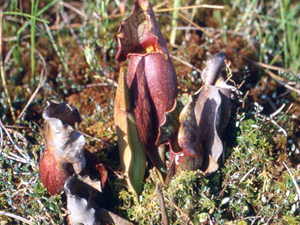
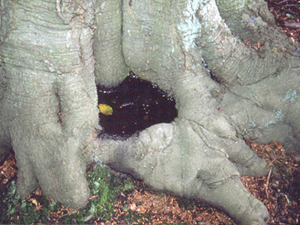
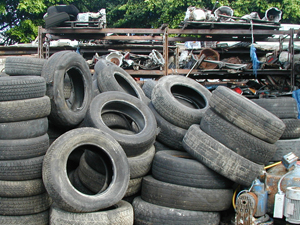
In addition to an experimentally tractable and well-studied ecology, container-breeding mosquitoes are an outstanding model system for our integrative research because of the extensive genomics resources available for mosquitoes. Our current work involves a heavy emphasis on molecular physiology, and in this regard the recently completed genome sequence of Ae. albopictus is particularly valuable. See the paper by Chen et al. (2015) on the “Publications” page describing the genome sequence of Ae. albopictus, as well as the updated genome assembly by Boyle et al. (2021). Extensive physiological work has also been performed on mosquitoes in part because of their medical significance. Taken together, this rich background of ecological, physiological and molecular information provides an excellent foundation for our work integrating across these multiple scales of biological process.
Our work on Aedes albopictus intersects with a variety of topics in both invasive species biology and medical entomology, and we are particularly interested in novel approaches that lie at the interface of these areas. For example, as part of her dissertation research, Deborah O’Donnell conducted a study to test the hypothesis that local inbreeding in spatially structured mosquito populations might contribute to variation in vector competence among geographically distinct populations (see publications). I also have a long-standing interest in conservation biology, and much of my work on evolutionary ecology has addressed issues which are pertinent to the conservation of biological diversity. Some of this work involved meta-analysis and laboratory or field experiments utilizing mosquitoes as a model system, and some has involved demographic computer simulations.
Professional: Teaching
I teach a variety of courses in the Department of Biology at Georgetown. I am currently teaching a graduate seminar in the fall semester (Biology 505) and Gateway to Biology (Biology 191) in the spring semester. Gateway to Biology is a sophomore-level course that is meant in part to provide a transition from lower-division, lecture-based courses to upper-division courses. A major focus is on scientific writing and learning to read primary literature. I’ve also spent eight years teaching Foundations of Biology (Biology 104, a.ka. Introductory Biology). I have devoted a considerable amount of effort to re-structuring Biology 104 in order to emphasize interactive learning and student-centered pedagogy as described in Armbruster et al. 2009 (see publications). This effort was inspired in part by my experiences participating in the National Academies Summer Institutes on Undergraduate Education in Biology—a great program that I would highly recommend (see links). In previous years I have also taught Evolutionary Processes (Biology 251), Conservation Biology (Biology 356), and a graduate seminar on evolutionary medicine.
Personal:
Most of my hobbies involve activities that combine exercise and being outdoors- kayaking, cycling and skiing are my favorites. Although not well appreciated, it turns out that Washington DC is a kayaking mecca often referred to as “whitewater city”. We try and get together with my parents and my brother’s family at least once a summer to do a river trip out west. In the summer of 2017 we did a six-day rafting and kayaking trip on the Main Salmon in Idaho.
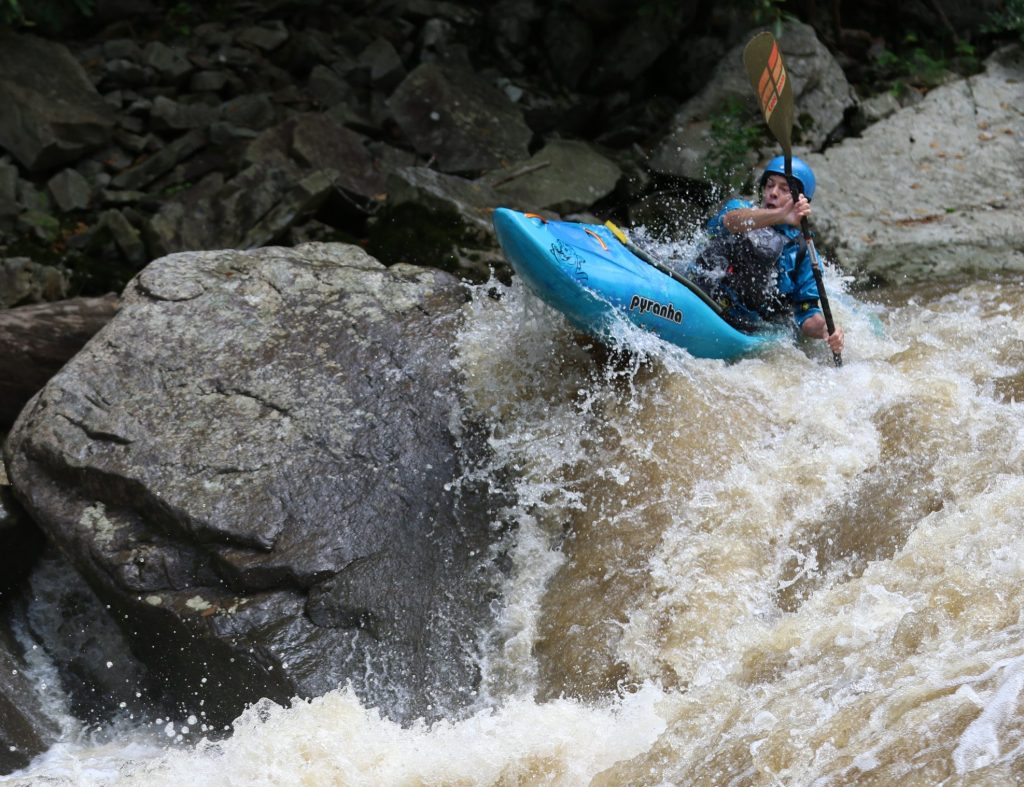
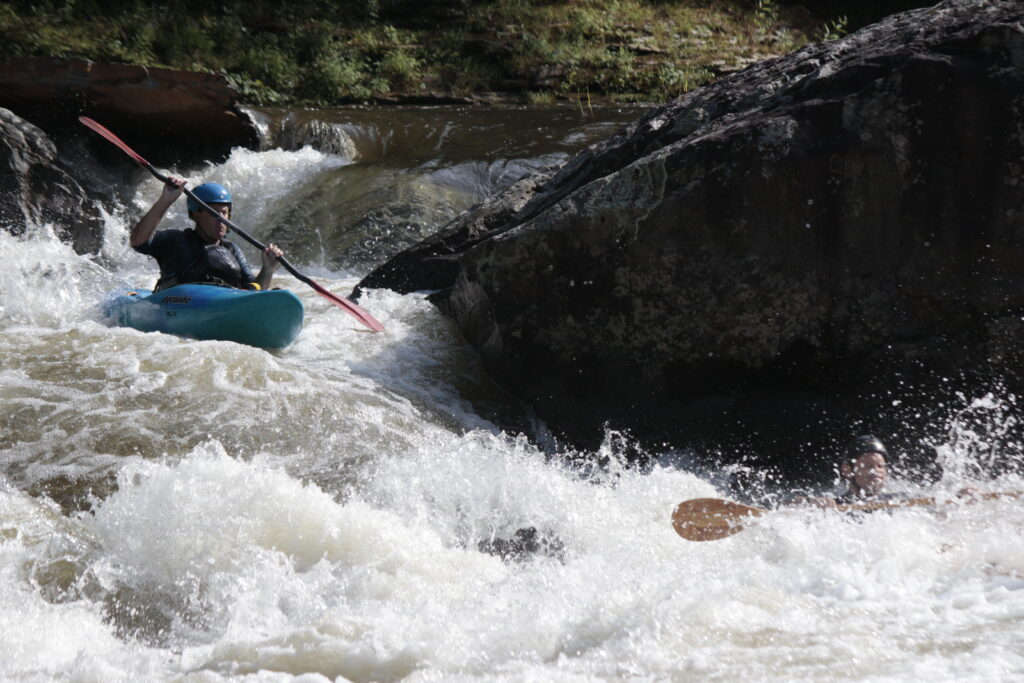
The “boof” at National Falls (left) and left line at Meat Cleaver (right) on the Upper Youghiogheny (a.k.a. “the dream stream”).
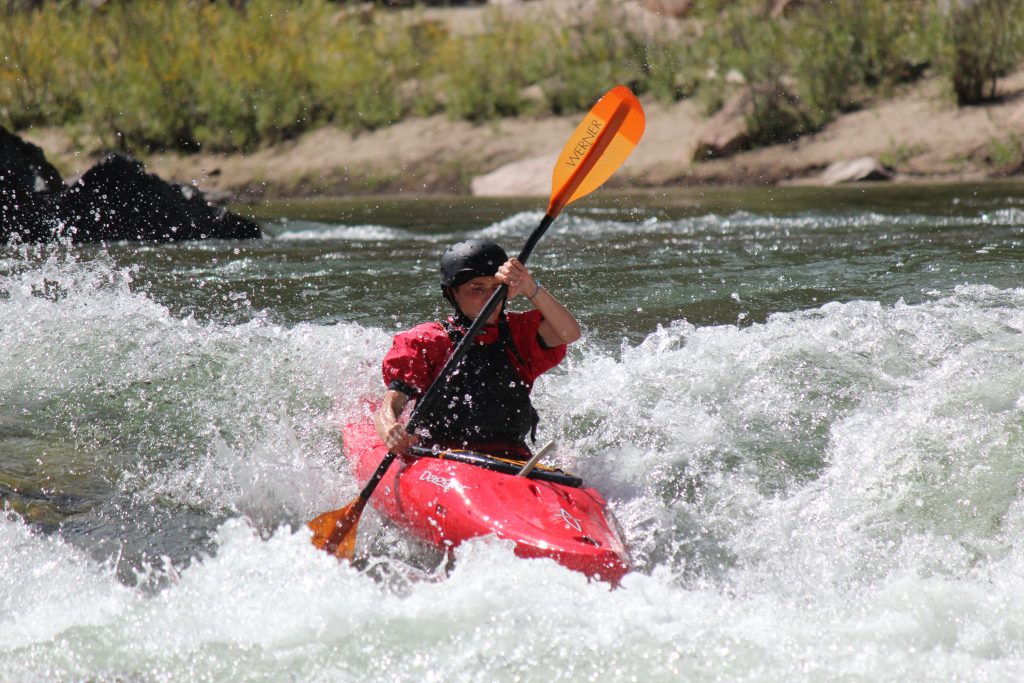
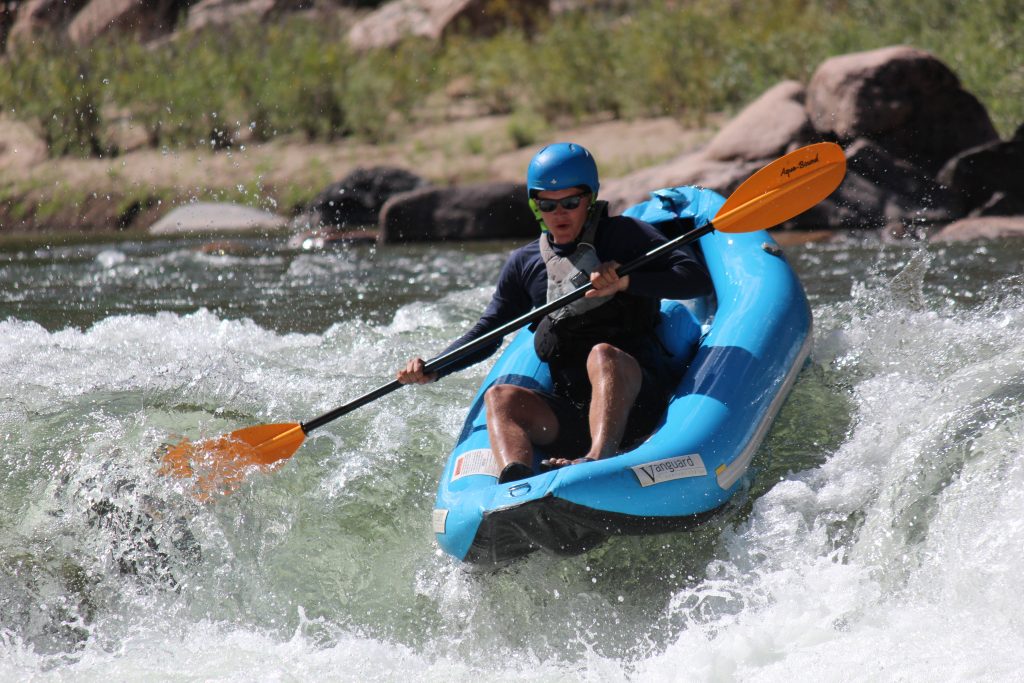
My sons Luke (left) and Alex (right) at Tappen Falls on the Middle Fork of the Salmon.
In the summer of 2018 we did the “Tour du Monte Blanc” with my mom and her sister Pam. This was a great trip- 10 days and 110 miles of hiking from one refugio to the next. Good food and wine in the evenings, espresso and pastries in the morning, and amazing hiking during the day!
